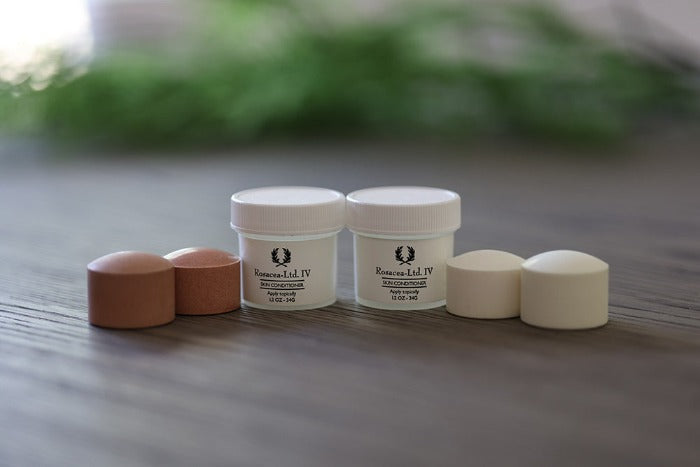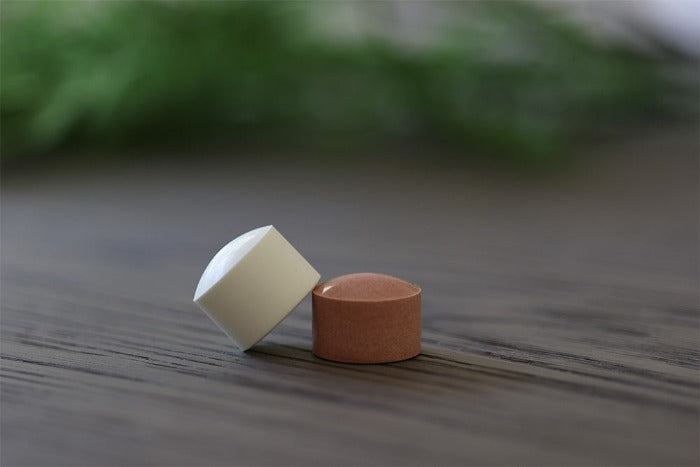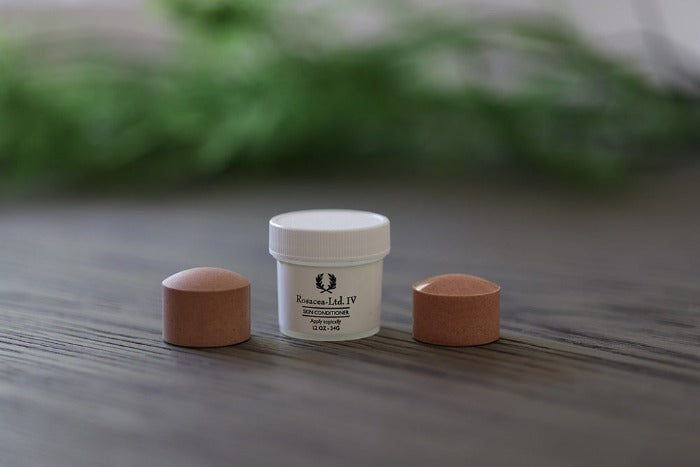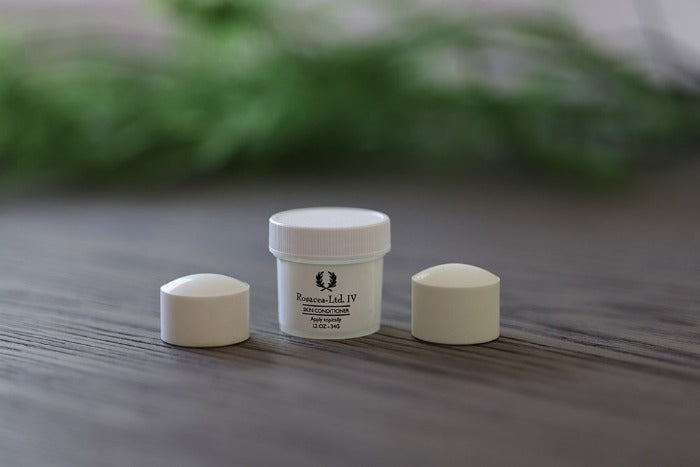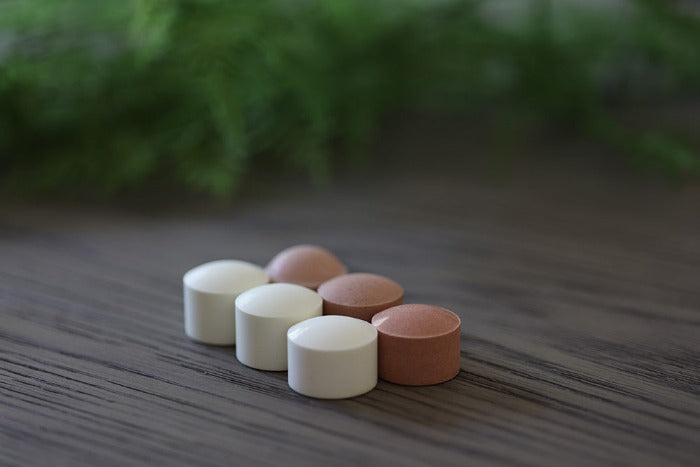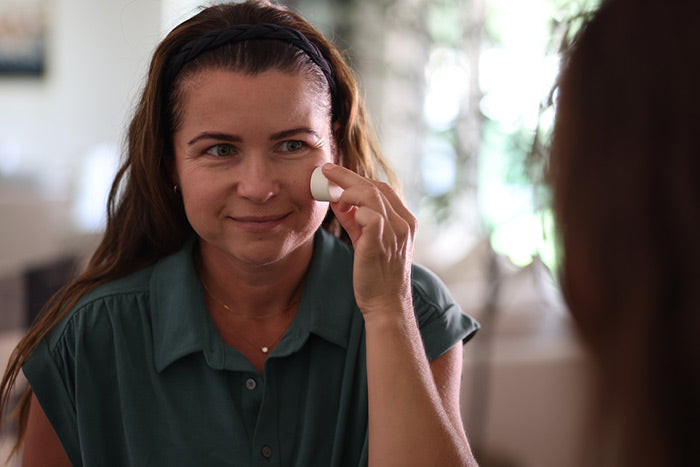Rosacea Redness, Flushing & Blushing
Research into the causes of rosacea flushing indicates that a person with rosacea tends to possess an increased number of blood vessels in the facial region or there is damage to their facial blood vessels. The facial vessels become swollen or inflamed resulting in vascular constriction of the facial vessels. There are a number of contributing factors which influence the facial skin causing the blood vessels to constrict and dilate. Our objective is to show you ways to treat and manage facial redness through management of vascular dilation. The natural management and control of rosacea is always the best treatment.
Exploring the Ways Facial Flushing, Blushing and Rosacea Skin Redness Are Impacted Through Several Physiological Systems:
Treat Rosacea With An All Natural Solution
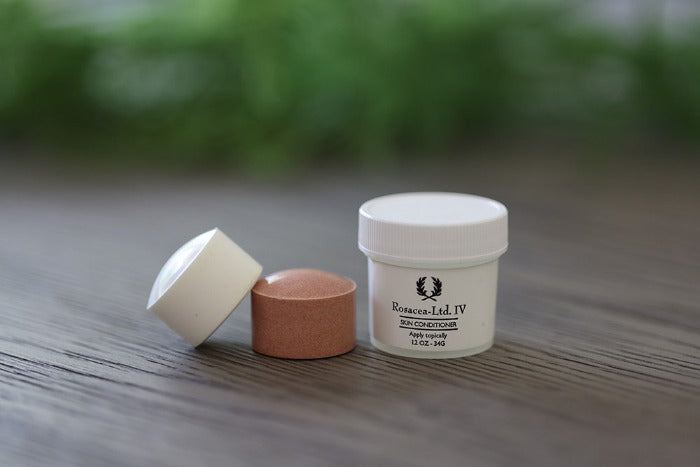
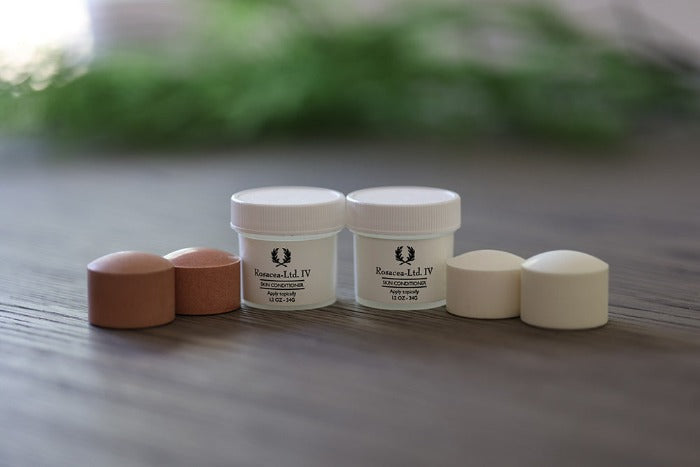
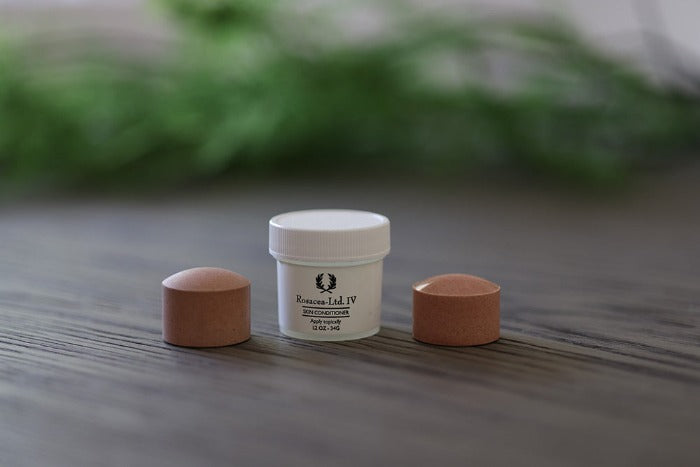
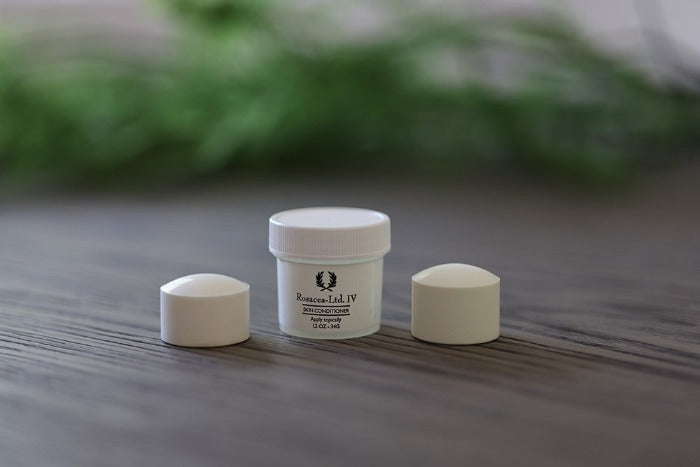
Rosacea-LTD
Rosacea-Ltd IV
Regular price
$98.00 USD
Regular price
Sale price
$98.00 USD
Unit price
per
Share

